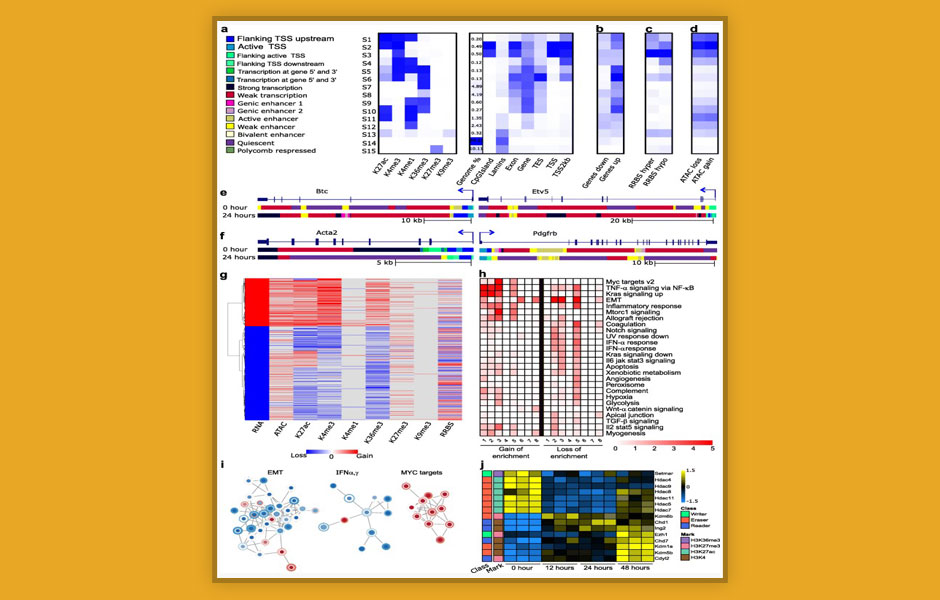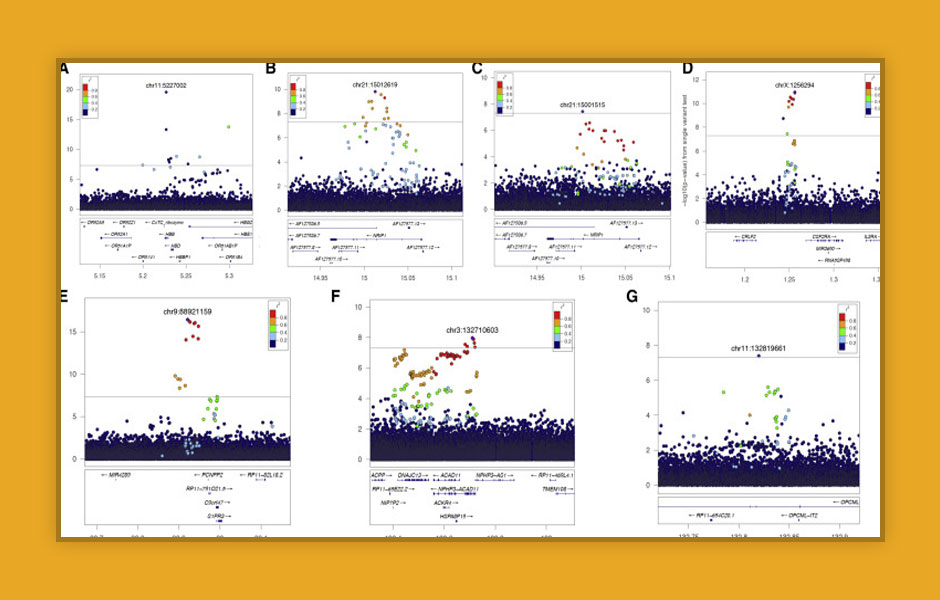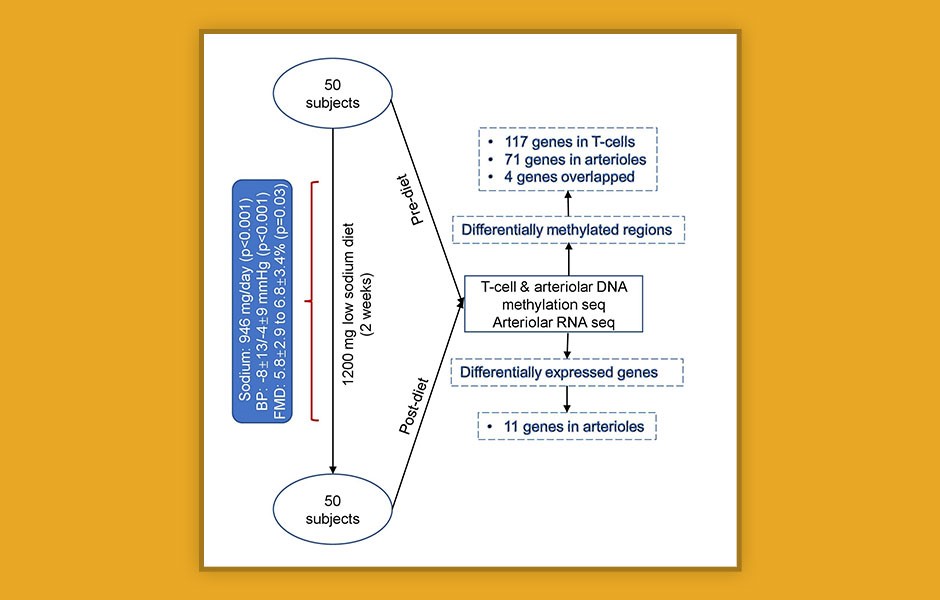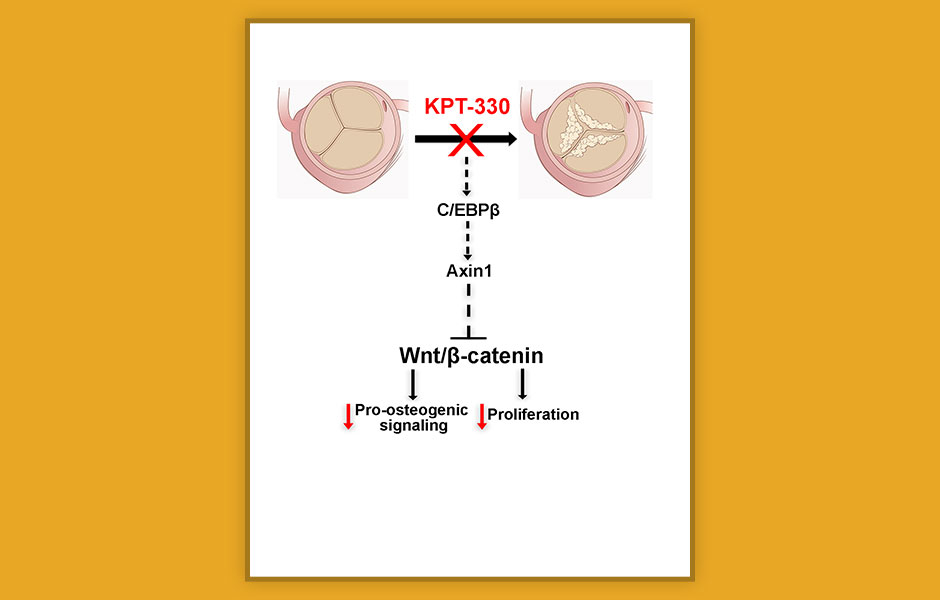Project Description
Histologically resolved small RNA maps in primary focal segmental glomerulosclerosis indicate progressive changes within glomerular and tubulointerstitial regions
Liang and Colleagues, Kidney Int., 2022
Abstract
Pathological heterogeneity is common in clinical tissue specimens and complicates the interpretation of molecular data obtained from the specimen. As a typical example, a kidney biopsy specimen often contains glomeruli and tubulointerstitial regions with different levels of histological injury, including some that are histologically normal. We reasoned that the molecular profiles of kidney tissue regions with specific histological injury scores could provide new insights into kidney injury progression. Therefore, we developed a strategy to perform small RNA deep sequencing analysis for individually scored glomerular and tubulointerstitial regions in formalin-fixed, paraffin-embedded kidney needle biopsies. This approach was applied to study focal segmental glomerulosclerosis (FSGS), the leading cause of nephrotic syndrome in adults. Large numbers of small RNAs, including microRNAs, 3′-tRFs, 5′-tRFs, and mitochondrial tRFs, were differentially expressed between histologically indistinguishable tissue regions from patients with FSGS and matched healthy controls. A majority of tRFs were upregulated in FSGS. Several small RNAs were differentially expressed between tissue regions with different histological scores in FSGS. Notably, with increasing levels of histological damage, miR-21-5p was upregulated progressively and miR-192-5p was downregulated progressively in glomerular and tubulointerstitial regions, respectively. This study marks the first genome scale molecular profiling conducted in histologically characterized glomerular and tubulointerstitial regions. Thus, substantial molecular changes in histologically normal kidney regions in FSGS might contribute to initiating tissue injury or represent compensatory mechanisms. In addition, several small RNAs might contribute to subsequent progression of glomerular and tubulointerstitial injury, and histologically mapping small RNA profiles may be applied to analyze tissue specimens in any disease.
Read more here







